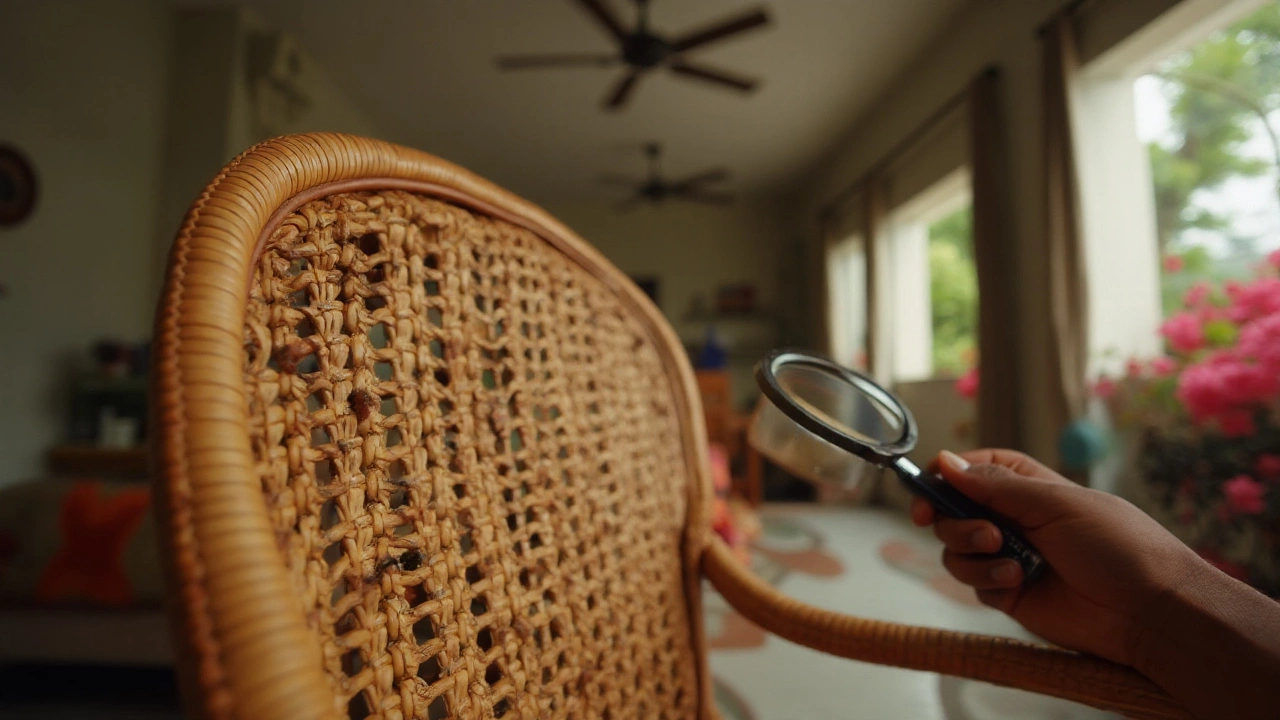Prevent Bed Bugs: Quick Ways to Stop an Infestation
If you’ve ever seen a tiny brown bug in your mattress, you know how scary bed bugs can be. The good news is you don’t need a superhero to keep them away. Simple habits and a few check‑ups can stop an infestation before it starts.
Check Your Bed and Furniture Regularly
Every few weeks, pull back the sheets and look for the signs: tiny brown spots, shed skins, or the bugs themselves. The edges of the mattress, the seams, and the headboard are prime hiding spots. Do the same on sofas, especially where cushions meet the frame. A quick flashlight glance can spot a problem early.
While you’re at it, vacuum the mattress, box spring, and the surrounding floor. A strong vacuum pulls bugs and eggs into the bag, preventing them from spreading. Empty the bag into a sealed bag right after you finish and toss it in the trash.
Protect Your Bed and Couches
Invest in a zip‑up mattress and pillow encasement. These covers lock bugs inside and keep new ones out. They’re cheap, wash easily, and work like a shield.
For couches, use removable cushion covers that you can wash often. If you have a leather sofa, wipe it down with a mild cleaner; bugs can’t hide in smooth surfaces.
Keep clutter low. Piles of clothes, books, or newspapers give bed bugs extra places to hide. Store off‑season clothes in sealed plastic bins instead of cardboard boxes.
Heat and Steam – Your Best Weapons
Bed bugs can’t survive temperatures above 120°F (49°C). Use a handheld steamer on mattresses, couch seams, and behind baseboards. Steam kills bugs and eggs instantly.
If you can, wash bedding, curtains, and any washable fabric in hot water (at least 130°F) and then dry on high heat for 30 minutes. The heat does the job where chemicals might not.
Seal Cracks and Gaps
Check around baseboards, window frames, and wall outlets. Fill any cracks with caulk or expanding foam. Sealing these entry points stops bugs from moving between rooms.
Don’t forget the walls behind pictures or shelves. A small gap can become a highway for bugs.
When to Call a Pro
If you keep finding bugs after a few weeks of DIY work, it’s time to call a pest‑control professional. They have tools like desiccant dust and licensed insecticides that can reach places you can’t.
Make sure the company is reputable and uses low‑toxicity products, especially if you have kids or pets.
Stopping bed bugs is about staying alert and acting fast. A quick inspection, regular cleaning, and a few protective steps can keep your bed and sofa bug‑free. Stay proactive, and you’ll sleep easy knowing the tiny pests stay out.
Can Bed Bugs Live in Wicker Furniture? Signs, Risks, and How to Treat It
Yes-bed bugs can live in wicker. Learn why wicker’s gaps are perfect harborage, how to spot signs, compare materials, and treat or prevent infestations.





